
QANTAS: Bigger profit, larger share buyback and American Airlines Chair Doug Parker joins the board

We have had plenty of warnings that Alan Joyce, Qantas CEO is going to go out with a bang in terms of financial results. Looks like he is on track, with Qantas today (Tuesday 23 May 2023) reporting an estimated pre-tax profit of between AU$2,425 million – AU$2,475 million for the 2023 financial year.
With things overall looking up in the travel demand forecast, Qantas is increasing its share buy-back of AU$500 million announced in February by another AU$100 million.
Content of this Post:
Debt down, buy-back up
Overall it expects to reduce current debt to AU$2.9 billion, a lot less than the previously forecast AU$4.6 billion. It’s already arranged the credit for that. That debt roughly equals what they plan to spend on aircraft this financial year with a target of AU$2.7 billion. As some financial columnists have pointed out that gives them another AU$2 billion of financing to make additional investments. New aircraft many would hope given the airlines aging fleet, standing at an average of around 16 years currently. If you want a scathing view on wet leasing Finnair A330s and Alan Joyce’s leadership, pop over to the AFR’s Joe Ashton’s recent Rear Vision column.
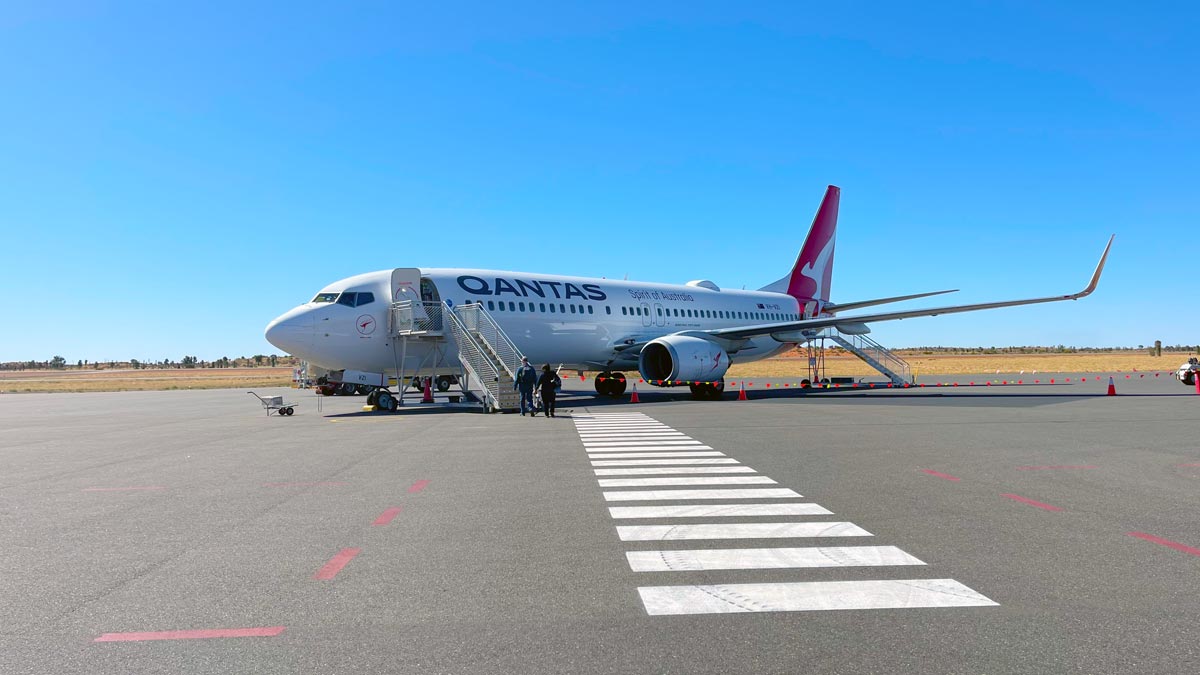
Staffing issues
Demand is through the roof for both domestic and international travel. The problem was that Qantas massively underestimated the demand, which led to all that curfuffle in the last year or so, with flights canceled and lost baggage caused essentially by understaffing and capacity issues.
All that’s beginning to settle now that Qantas has realised its error. It’s now going to recruit 8,500 new staff, which is surprisingly close to the 9,500 staff they let go during the pandemic.
Qantas knows it faces these staffing issues, and is running around settling its wage agreements with 80% of its staff. However, not with international and domestic pilots, yet. With a worldwide pilot shortage, pilots are in a spectacularly good bargaining position, and are making the most of it.
It also explains why Qantas is committing to training a huge number of pilots in its new multi-million Sydney-based training facility. You know, the one they had started building before the pandemic, then abandoned and then sold-off the land for AU$200 million. The new facility, from memory, is largely outsourced, like Qantas baggage handlers.

Things are looking up for travel and Qantas
That’s the view of just about everybody including CEO Alan Joyce who thinks that:
“We’re seeing the broad trends we expected as the industry recovers and trading conditions remain very positive.”
Alan Joyce, Qantas Group CEO
However, constraints are all caused by outside forces, whereas solutions are all down to Joyce:
“The industry remains capacity constrained and the travel category remains strong, so there’s still a mismatch between supply and demand that’s likely to persist for some time, especially for international flying. We’re on track to take delivery of another eight new aircraft before the end of this calendar year and we’re working hard to bring the last of our stored aircraft through heavy maintenance so we can get them back in the air.”
Alan Joyce, Qantas Group CEO
Domestic capacity for the Qantas Group is predicted to reach 104% of pre-covid levels, by the end of 2023. International capacity is expected to reach over 80%. But it’s not all smooth sailing. The Hong Kong/Melbourne return has been delayed for 3 months. The blame is being sheeted home to a lack of ground handling capacity at Chek Lap Kok International Airport. But overall, Qantas expects to hit 100% of pre-covid international capacity by March 2024.
Trends in forward booking show some strong demand. So strong that Qantas has revenue from domestic flights at 118% and 123% for international based on pre-COVID levels. That demonstrates that those vastly inflated international airfares are making their impact on Qantas’ bottom line!

Costs down, service up?
Qantas is also trumpeting its cost savings too. Some are because they won’t be allocating so many ‘operational buffer’ resources which Joyce says cost them AU$200 million. They will save that, and the assets used can be put back into generating income.
“We called out an extra $200 million of overheads in FY23 because of the operational buffer we put in place, which can now start to roll off. Five of the aircraft that were in reserve last Christmas will be back flying by the end of this half.
Alan Joyce, Qantas Group CEO
The rest is about some savings in fuel costs and hedging, bond rates, and how well Qantas Loyalty is doing.
New board member from American Airlines
Qantas is appointing ex-American Airlines CEO and Chairman, Doug Parker, to replace the retiring Michael L’Estrange, in November. Parker is generally well-regarded and has an amazing survival history across a range of airline takeovers and mergers. He definitely can’t be faulted for his airline knowledge. But AA doesn’t have the best reputation for customer service, often rateing poorly in customer surveys of full-service USA Airlines.

2PAXfly Takeout
So, everything is fairly rosy as far as Mr Joyce is concerned. However, the share market didn’t think so, with Qantas shares dropping over 1.7% today on the ASX. It’s increasing its share buyback, and it’s estimating a record profit, indicating the three-year recovery plan is working. According to one of my favourite airline industry reporters, Lucus Baird in the AFR, the reason is:
‘Investors are starting to doubt whether Qantas can maintain its extraordinary run of profit growth beyond this financial year as capacity, airfares and demand close in on pre-pandemic levels, colliding with a costly fleet renewal program.
Lucas Baird, AFR
Looks like the market may not have as much confidence in Qantas, as its Board does.



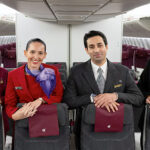

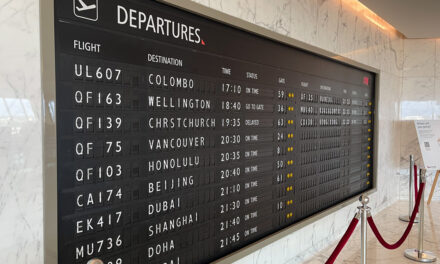








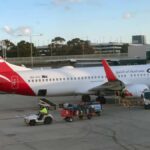







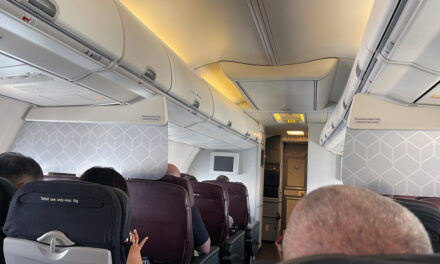











What did you say?